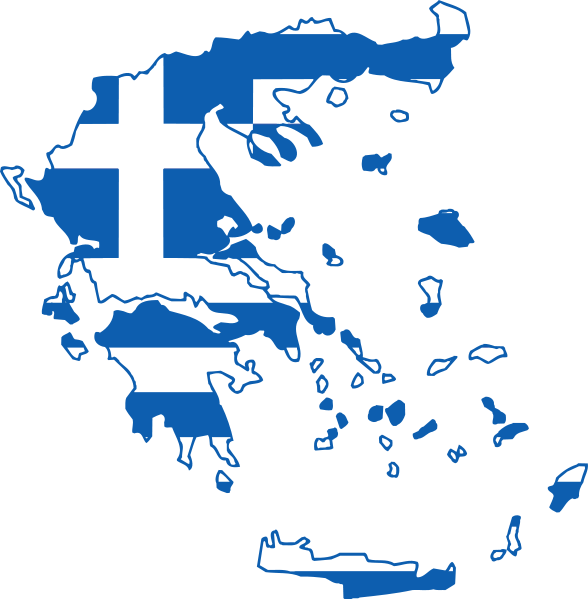Athens, Greece – April 21, 2025
Attica faces a looming water crisis driven by prolonged droughts, aging infrastructure, and surging demand from tourism and population growth.
The Athens Water Supply and Sewerage Company (EYDAP) is implementing an ambitious strategy to ensure the capital’s water supply remains stable. This strategy includes a contingency plan to transport water via tanker ships from the Acheloos River.
Critical Water Shortage
EYDAP reports a 30% drop in Attica’s water reserves compared to last year, with reservoirs holding 648.57 million cubic meters as of April 15, 2025, down from 915.34 million in 2024 and far below the 1.42 billion recorded in 2006. While still above the dire 1993 low of 180.19 million cubic meters, rising consumption—fueled by 35 million annual tourists and urban expansion—threatens Attica toward scarcity levels not seen since the 1980s.
Emergency Tanker Solution
In a worst-case scenario, EYDAP plans to charter three tanker ships to transport 100,000 cubic meters of water each from the Acheloos River’s estuary at Astakos to Boeotia’s EYDAP network, via facilities in Aspropyrgos or Thisvi. This temporary measure, activated only if infrastructure projects lag or drought worsens, aims to prevent water shortages in Athens. EYDAP emphasizes that this is a short-term fix, not a substitute for long-term solutions.
Long-Term Investments
EYDAP’s comprehensive plan, valued at nearly €3 billion, includes:
- Kremasta Lake Project: A €535 million initiative to transfer water from Lake Kremasta via a 20-kilometer tunnel, with the first phase costing €365 million. This gravity-fed system will supply 200 million cubic meters annually at €0.10–€0.15 per cubic meter, securing Attica’s water needs for decades. Completion is expected within two years of construction, pending legal and tender processes.
- Leak Reduction: €400 million will be spent to address the 23% non-revenue water loss, including €169.8 million for pipeline replacements and €122.6 million for smart water meters by 2029.
- Psytalleia Modernization: €300 million will be spent upgrading the wastewater treatment plant.
- River Connections: Projects to link the Krikeliotis and Karpenisiotis rivers to the Evinos reservoir, alongside borehole upgrades in Mavrosouvala, to enhance water flow without pumping.
Pricing Adjustments on the Horizon
With reserves dwindling and rainfall insufficient, EYDAP is exploring tariff hikes aligned with inflation, as outlined in a recent Joint Ministerial Decision. The framework mandates tiered pricing based on consumption, location, and social-environmental factors, with reviews every five years and potential seasonal adjustments. The Regulatory Authority for Waste, Energy, and Water (RAAEY) will evaluate proposals to balance affordability and sustainability.
Alternative Measures
EYDAP is studying desalination units, with a proposed plant in Itea to process 100,000–200,000 cubic meters of brackish water daily at 30% lower cost than seawater desalination. Underground reserves along the Mornos aqueduct, particularly from the Boeotian Kifisos river, are also under consideration. These options aim to diversify water sources and reduce reliance on main reservoirs like Mornos and Evinos, where evaporation is a growing concern due to high temperatures.
Tourism and Infrastructure Strain
Greece’s tourism boom, with visitors outnumbering residents 3.5 to 1 during peak summer months, exacerbates water demand, particularly in coastal and island areas. Urban projects like the Elliniko development further strain resources. EYDAP, drawing on Israeli expertise where water losses are below 9%, aims to cut its 15% leakage rate through smart meters and network upgrades.
Looking Ahead
EYDAP CEO Haris Sachinis underscores the commitment to avoiding water rationing, as seen in past droughts when measures like banning hose use were enforced. With government funding covering scarcity interventions, EYDAP’s role as an advisor and implementer ensures a coordinated response. The combination of immediate tanker plans, major infrastructure projects, and conservation efforts positions Attica to navigate the crisis while maintaining water access for residents and visitors.







